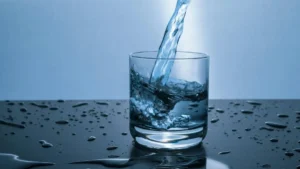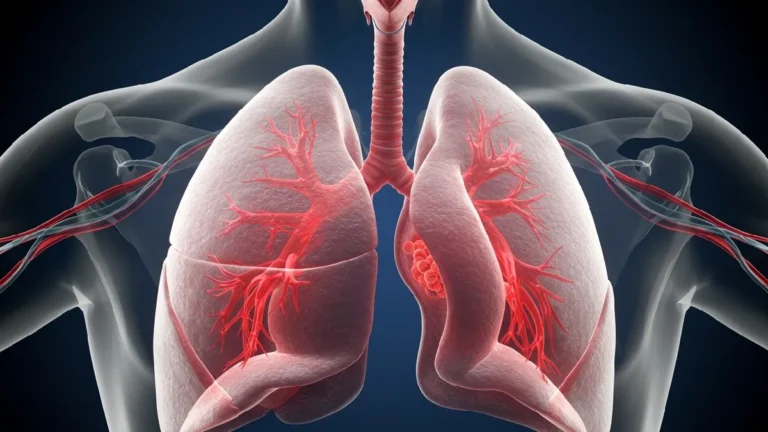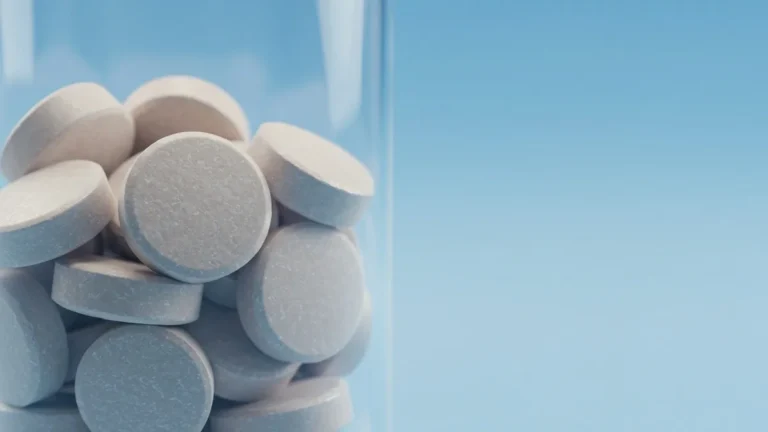There are different types of stains on teeth, but the vast majority cause aesthetic concern.
What is often unknown is that stained teeth are often a symptom of poor oral hygiene or bad habits, so they can be prevented.
In other cases, these dental stains are the result of an oral or even systemic disease, and it is necessary to treat the cause as soon as possible.
That is why it is essential that a dentist can assess them and determine their origin.
There are different ways to classify the types of stains on teeth, including their color.
Tooth stains can take on a wide range of shades. The most common are white, yellowish, and brown, but they can also be grayish, black, and even green, blue, orange, or reddish.
Depending on the cause, these dental stains can be permanent or temporary, and the treatment to remove them can vary.
White spots
White spots are the most common and can be caused by a wide variety of reasons. Among them, cavities stand out .
This condition can be accompanied by white spots on the teeth, usually appearing along the gum line. They are most common in children, but can also affect adults.
Another type of white spots on teeth is those caused by tartar, a yellowish-white deposit composed of bacteria, epithelial cells, food debris, salivary proteins, and other substances.
Dental fluorosis is another cause to consider when teeth with white spots appear.
This is due to excessive fluoride intake during the tooth formation process.
For this reason, fluorosis can be responsible for the appearance of white spots on children’s teeth , especially if the child lives in a geographical area with a high concentration of fluoride in the water.
Another cause that causes this type of stain on the teeth can be dental hypoplasia.
This occurs when there is a lack of enamel mineralization as a result of genetic factors, infectious diseases (rubella, smallpox, etc.), allergies, or premature birth, among other reasons.
Malnutrition during childhood can also cause these types of white spots on the teeth, so it is essential to prevent major nutritional deficiencies in young children.
Vitamins A, C, D, phosphorus, and calcium are especially important, as they can cause structural problems that manifest as changes in tooth color.
White and yellow stains on teeth are the most common, but they can present very varied colors.
Yellow spots
Yellow stains on teeth are characteristic of tartar , especially when it has not been treated in its initial stages and, as a result, bacterial plaque calcifies.
Yellow-stained teeth can also be the result of trauma . This happens because the teeth respond to the injury with complete or partial calcification of the damaged structure.
Certain medications, on the other hand, can cause changes in tooth color and turn teeth yellow. The most well-known is tetracycline.
Previously, this antibiotic was prescribed to pregnant or breastfeeding women until it was observed to cause yellow stains on children’s teeth.
Other antibiotics that can cause similar changes in tooth color are dimethylchlortetracycline and oxytetracycline.
Certain foods and beverages can also cause this type of tooth staining. These include coffee, tea, soft drinks, wine, acidic fruits, and brightly colored fruits and vegetables.
In the case of acidic fruits and soft drinks, this is mainly because they cause demineralization of the enamel.
In other foods and beverages, this is largely due to their high tannin content, a type of polyphenol that tends to bind to the tooth surface.
Tobacco is another cause of yellow stains on teeth, which can darken over time.
The mechanism of action is similar to that of food and beverages, except that in this case, nicotine and tar are responsible. Both substances are deposited on the tooth surface.
Another cause of this type of staining on the teeth is dental dysplasia, that is, malformations in the dental tissue.
Finally, the aging process also causes teeth to darken, making them more yellow.
Brown spots
Brown spots on teeth can appear when cavities progress or plaque (tartar) buildup is severe. They can also be caused by a fracture or a blow.
In other cases, brown teeth are a symptom of fluorosis or dental hypoplasia, or a consequence of taking antibiotics such as tetracycline.
Sometimes, after orthodontic treatment is removed, brown spots may appear on your teeth from the braces. This is due to poor dental hygiene habits during treatment.
In rarer cases, brown stains on teeth can be caused by metabolic disorders.
Certain materials used in dentistry can also cause this discoloration of teeth.
In children, certain endocrine disorders may be behind the yellow-brown coloration of primary teeth.
Gray spots
The main causes of gray stains on teeth are usually trauma or the use of antibiotics such as tetracycline and chlortetracycline.
In much less frequent cases, teeth may acquire a grayish color due to malformations in the dental tissue.
Black spots
The appearance of black spots between the gum and the tooth is usually due to cavities or tartar in advanced stages.
Although they initially appear as white spots, over time these can darken when pigmented substances are absorbed (for example, through food, coffee, tobacco, etc.) and turn black.
Another cause could be a fracture or a severe blow. When there is significant trauma, the tooth can undergo a process of degradation that leads to necrosis. If this happens, a very black, pigmented substance forms.
These are usually the main reasons why teeth appear so dark. However, there are other types of black stains on teeth that aren’t cavities , tartar, or the result of an injury.
In adults, smoking can be one of the causes. These types of stains are one of the main effects of tobacco on oral health.
These can form on the edges of the tooth surface or the upper part, acquiring the appearance of black stripes or lines on the teeth.
In children, however, they are usually due to inadequate oral hygiene habits while they are taking iron supplements .
It should be noted that iron requirements in childhood increase, and diets are often insufficient to meet the recommended intake.
For this reason, if children are taking iron supplements, it is essential to insist on cleaning their teeth, since with good habits, these black spots should not appear.
To prevent contact between teeth and the solution, it is also recommended to consume these supplements with a straw or syringe.
Another cause of black stains on teeth is the use of mouthwashes with chlorhexidine, which are used in cases of periodontal diseases.
Staining has also been described with prolonged use of other mouthwashes such as cyanotic antiseptics, phenolic essential oils or delmonipol.
Silver amalgam fillings do not cause black stains on the tooth by themselves, but over time, they degrade and result in a dark gray or black stain on the enamel.
Red spots
Having a red spot on the tooth can occur if it has suffered trauma , due to the bleeding that occurs inside.
The result is a change in the color of the tooth to a pink or red hue as a result of blood leaking out of the vessels and capillaries.
Normally, if the internal tissue has not been damaged, the excess blood is gradually reabsorbed until the red stains on the teeth disappear.
In the case of tooth tissue loss (root resorption), they can also acquire a pinkish-red color as a result of the increase in blood vessels together with a decrease in the thickness of the dentin (inner layer of the teeth).
Another cause of red spots, although rare, is porphyria. This disease causes a buildup of substances in the body that can cause teeth to appear pinkish-brown to mauve.
Green spots
Green stains on teeth are most commonly seen in children and adolescents with poor oral hygiene, although their cause is not well understood.
The green pigment is thought to be produced by bacteria and fungi present in the mouth or by deposits resulting from gingivitis.
Certain liver diseases and endocrine disorders can also cause green stains on baby teeth, as can blood incompatibility between the mother and the fetus.
Orange spots
Orange stains on teeth are rare and are related to the presence of certain bacteria in the oral cavity.
A tooth may also have an orange color if it has suffered a blow or fracture.
Blue spots
Blue stains on teeth can occur after taking certain antibiotics such as minocycline, linezolid, and amoxicillin. These stains are usually reversible and have a blue-grayish color.
This type of staining on teeth can also be caused by trauma.
More rarely, they are due to hemolytic or endocrine disorders and are usually more frequent in primary dentition.
Considering the diversity of tooth stains, it is important to visit the dentist if any discoloration occurs.
Fortunately, today there are effective treatments to remove the vast majority of stains and restore their original color.























+ There are no comments
Add yours